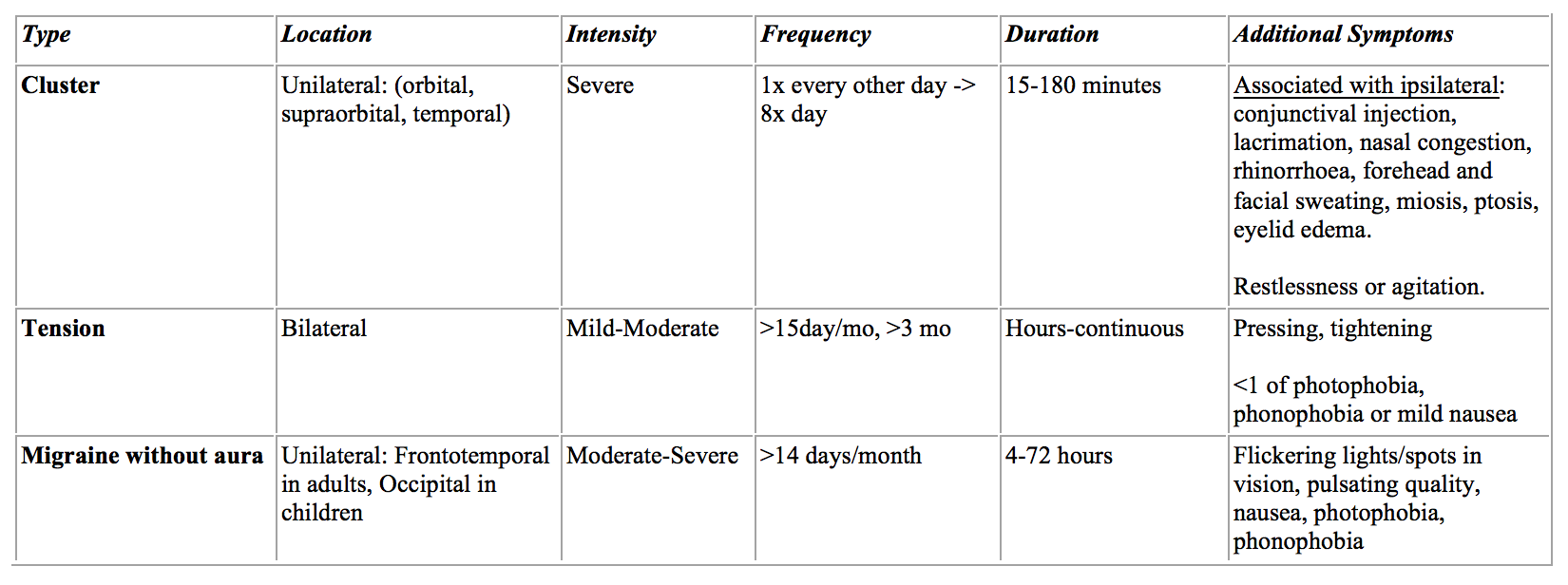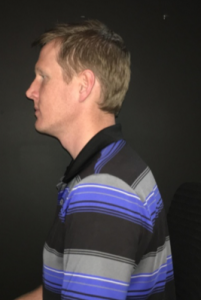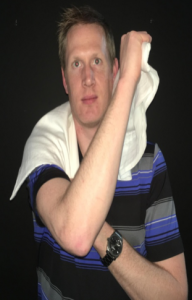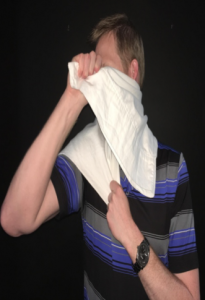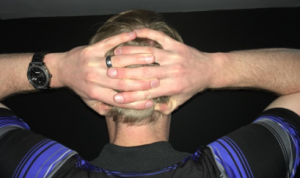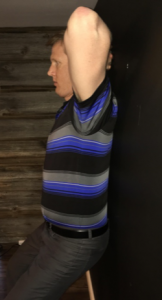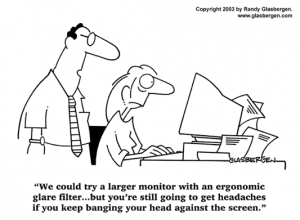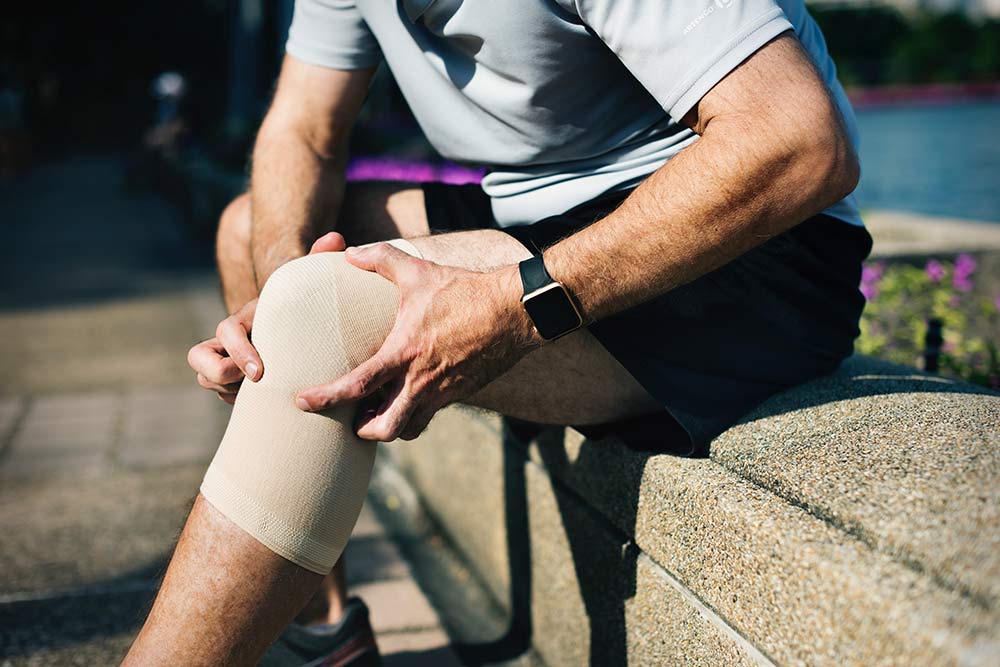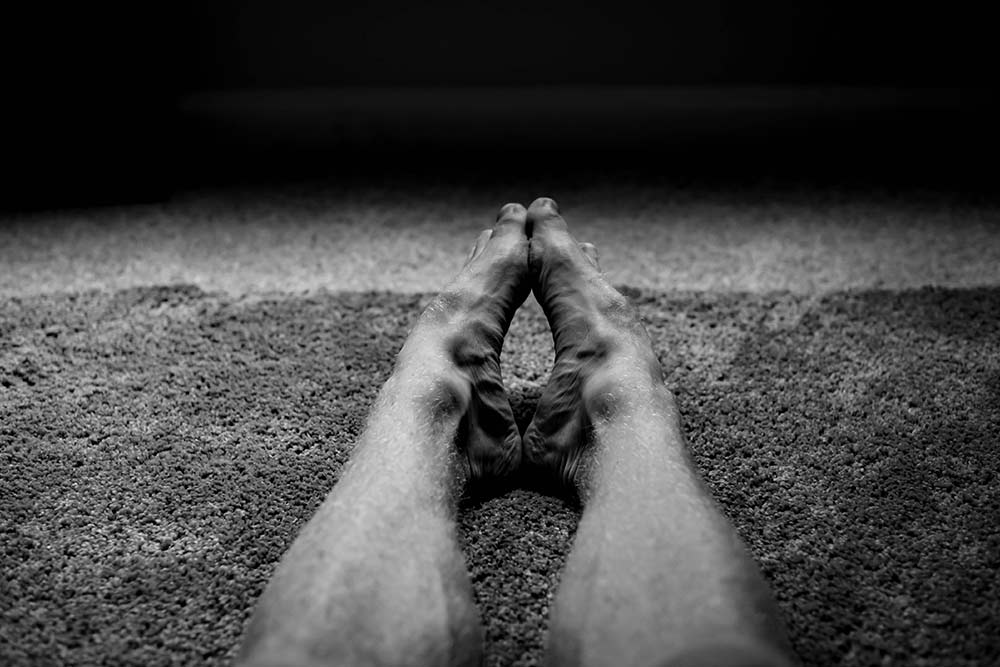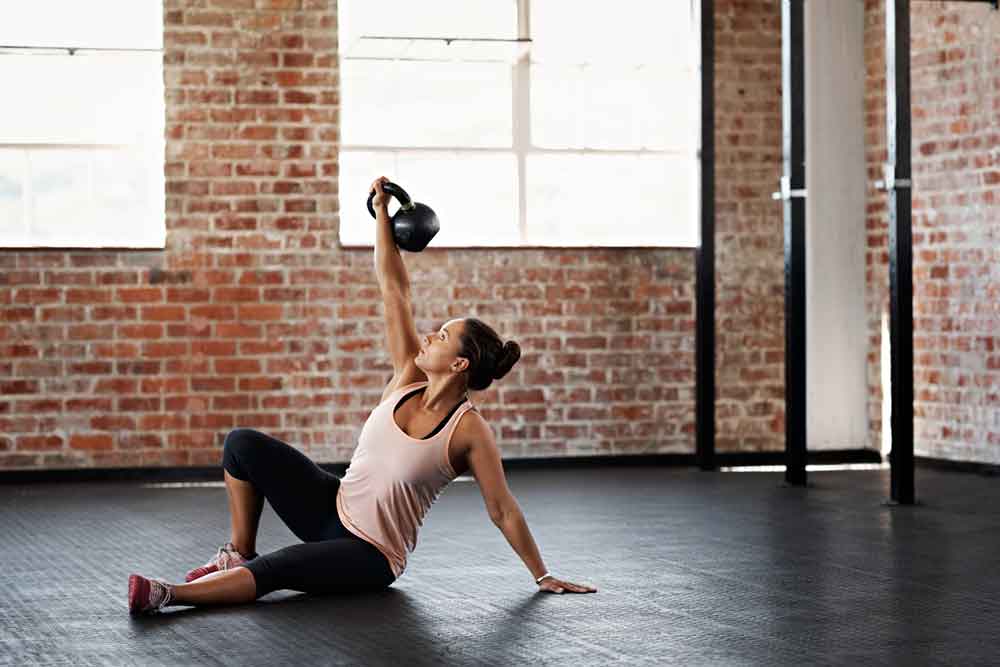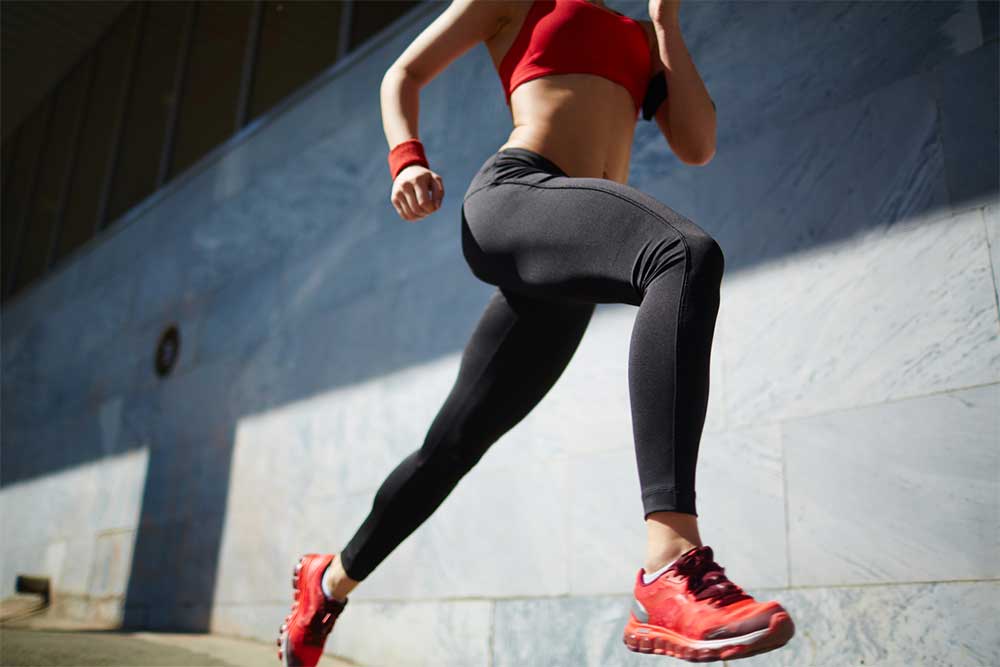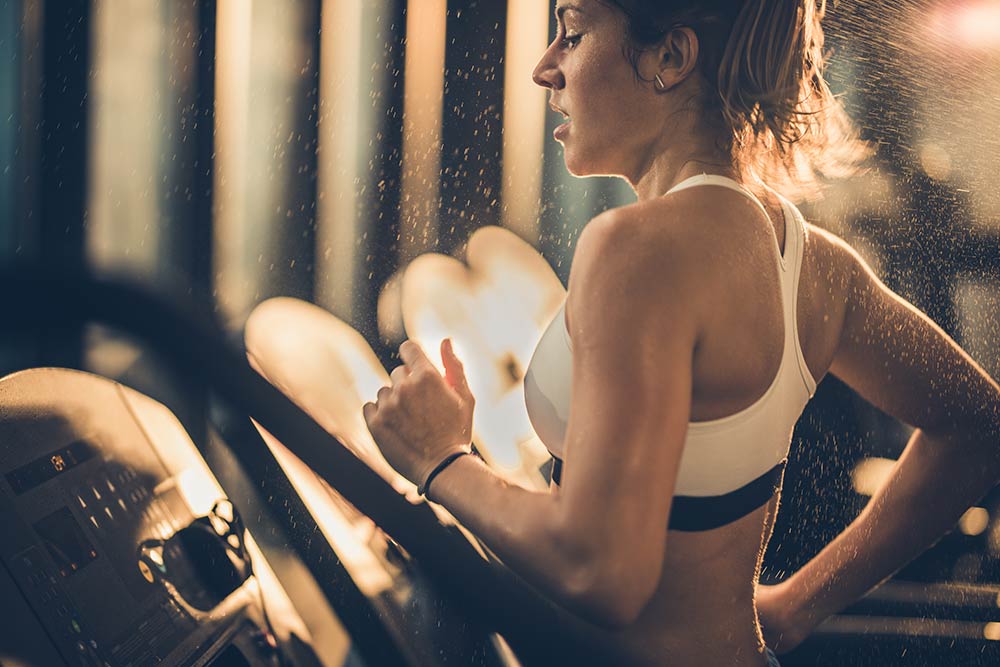4 Exercises to Alleviate Headaches
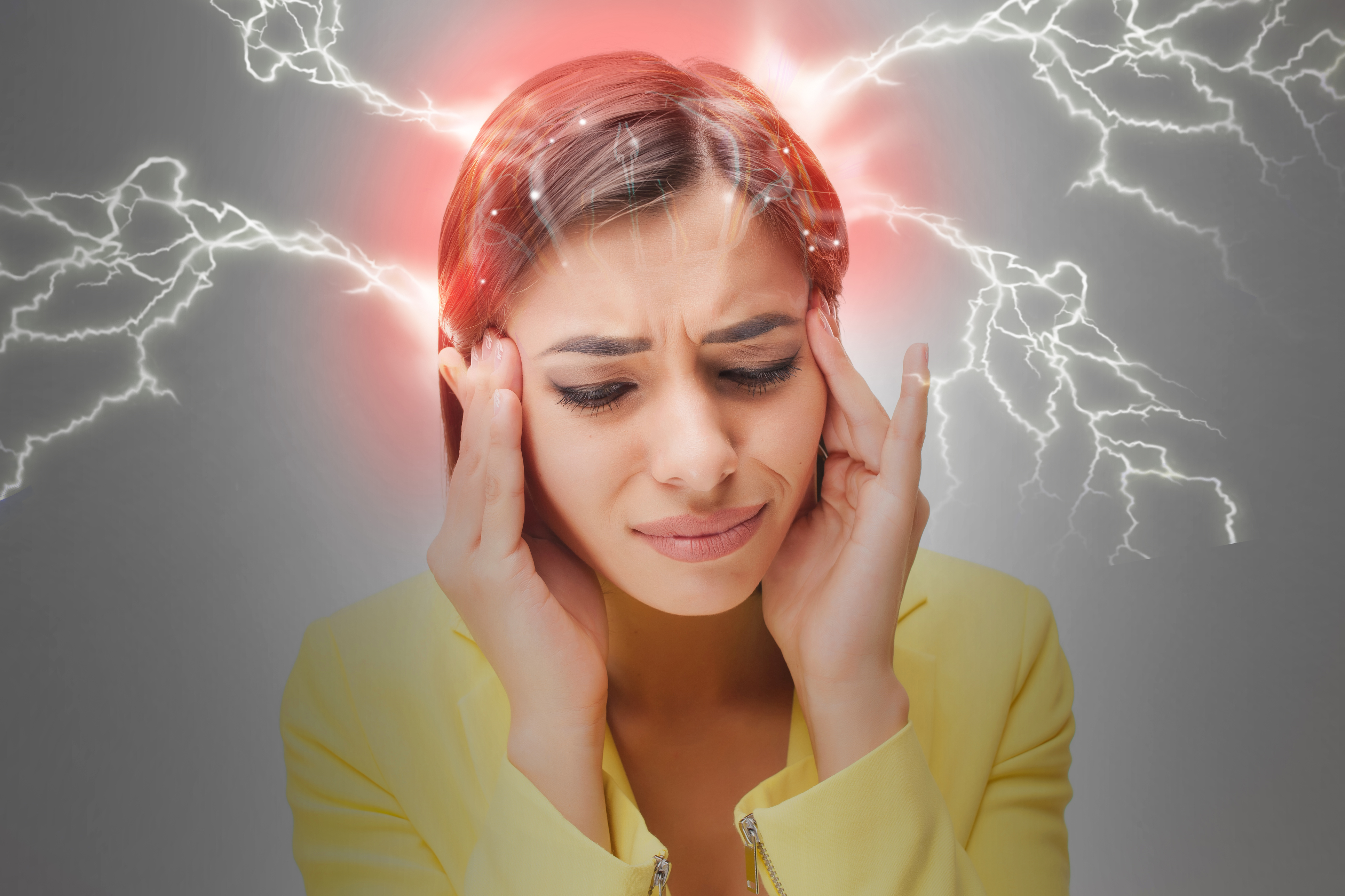
Ryan Cross, B.A. Hons (Kin), MScPT, FCAMPT
Registered Physiotherapist in Sarnia, Ontario, Canada
Headaches are a fact of life. Whether it’s the kids who won’t be quiet, or the relentless pounding after a night out, we have all encountered the annoying headache. The causes of some headaches are obvious; however, sometimes it might be difficult to determine why they are happening. In some cases, the pain stems from dysfunction in the neck region (cervical spine). Different postures and activities contribute to altered movement patterns in the neck.
 Prolonged periods of work at the computer, constantly looking down at your cell phone, or sleeping in an awkward position can all put strain on the joints and muscles of the neck region. If the headache is related to issues in the neck, there are simple exercises that might help alleviate your pain. A physical therapist will be able to determine the root cause of your headache and direct your treatment plan accordingly, as well as ruling out more sinister causes of your pain.
Prolonged periods of work at the computer, constantly looking down at your cell phone, or sleeping in an awkward position can all put strain on the joints and muscles of the neck region. If the headache is related to issues in the neck, there are simple exercises that might help alleviate your pain. A physical therapist will be able to determine the root cause of your headache and direct your treatment plan accordingly, as well as ruling out more sinister causes of your pain.
It is very important to make sure that your headache is not related to a situation that requires urgent medical attention; if in doubt, get checked out. Some “red flags” that would indicate medical attention:
- Sudden onset of a new and severe headache without precipitating factor (maximal intensity)
- Worsening pattern of pre-existing headache in the absence of obvious factors
- Headache associated with fever, rash, severe neck stiffness, cancer, systemic illness, or focal neurological signs
- Moderate to severe headache triggered by cough, exertion, or bearing down
- New onset of headache during or following pregnancy
- Worsening headache following trauma
It is important to differentiate headaches caused by the neck from other causes:
If a headache is related to your neck it is called a cervicogenic headache. These types of headaches are usually related to decreased range of motion in the joints and muscles of the neck. The International Headache Society (2013) defines this type of headache as being “caused by a disorder of the cervical spine and its component bony, disc and/or soft tissue elements, usually but not invariably accompanied by neck pain.” Clinical characteristics of a cervicogenic headache include:
- Signs and symptoms associated with neck involvement
- Precipitation of headache pain by neck movements, awkward postures, and external pressure over upper cervical spine
- Decreased range of motion of the cervical spine (typically the upper 3 cervical levels)
- Neck, shoulder, arm pain on the same side as the headache
- Usually on one side of the head
- Moderate to severe intensity, non-throbbing, non-lancing, and fluctuating pain
- Episodes of varying duration
These factors would indicate that treatment directed at the neck might be beneficial. A physical therapist will employ a wide range of treatment techniques.
The physical therapist’s toolbox in the treatment of headaches includes manual therapy, exercise, pain control modalities, and home exercise program. Research shows that manual therapy, including mobilization or manipulations of the cervical spine, is effective in reducing pain intensity and frequency of headaches (Garcia et al, 2016). A systematic review of the literature found manual therapy along with exercise was most effective for decreasing pain and frequency of headaches (Racicki et al., 2013). The exercise component of treatment focuses on controlling movements with deep neck flexor strengthening, global neck strength and flexibility, and strengthening of the shoulder girdle. The home exercises are meant to maintain the benefits of the manual therapy and keep the restricted joints moving properly. A physical therapist can determine which exercises are appropriate for each individual case.
Headache Home Program
- Cervical Retraction:
- Keep eyes level with a spot on the wall opposite you
- Move head straight back without looking up or down
- Hold 3 seconds; 10 repetitions
- Cervical Retraction with Towel
- Place towel at the base of the skull
- Gently pull towel forward as you complete retraction movement
- Hold 3 seconds; 10 repetitions
- Cervical Rotation with Towel
- Place towel at the base of the skull
- Cross arms the help guide the head and neck into rotation
- Hold 3 seconds; 10 repetitions
- Upper Cervical Traction
- Place thumbs at the base of the skull
- Lean against the wall bracing your hands against the wall
- Gently slide down the wall to feel pull under thumbs
- Hold 3 seconds; 10 repetitions
These exercises are meant to assist in alleviating headaches. Do not continue if your pain increases with these exercises. A physical therapist can guide you through which treatments are appropriate for each individual case.
You Might Like:
4 Signs of Arthritis
Ryan Cross, Physiotherapist Most people know someone affected by arthritis or have symptoms of arthritis themselves. Often people will relate aches and pains to arthritis without even getting diagnosed. Arthritis is something that happens to...5 Ways to Get Rid of Shin Splints
Ryan Cross, Physiotherapist Pain related to “shin splints” is one of the most common ailments that athletes will complain about. Most runners have had a run-in with the dreaded shin splints at one time or...The Screening That May Predict Sport Injuries
Ryan Cross, Physiotherapist The risk of injury is present in all sports and activities. The cause of injury can sometimes be difficult to pin point because in most cases it is multifactorial. There are many...Training Factors to Improve Sprint Performance & Speed
Ryan Cross, Physiotherapist One of the most exciting events in the Summer Olympics has to be the 100 m sprint. The winner of this race is considered the fastest on earth. To get to this...7 Key Exercises To Prevent Shoulder Injuries
Ryan Cross, B.A. Hons (Kin), MScPT, FCAMPT Registered Physiotherapist in Sarnia, Ontario, Canada Have you ever had difficulty reaching up to the top shelf or doing an overhead lift? Most people have encountered a shoulder...Strength Training Can Improve Chronic Plantar Fasciitis
Ryan Cross, B.A. Hons (Kin), MScPT, FCAMPT Registered Physiotherapist Do you feel sharp pain on the bottom of your heel during the first few steps you take in the morning? Is heel pain limiting progression...References:
Headache Classification Committee of the International Headache Society (IHS. “The international classification of headache disorders, (beta version).” Cephalalgia 33.9 (2013): 629-808
Garcia, Jodan D., et al. “Mobilization and manipulation of the cervical spine in patients with cervicogenic headache: any scientific evidence?.” Frontiers in neurology 7 (2016).
Racicki, Stephanie, et al. “Conservative physical therapy management for the treatment of cervicogenic headache: a systematic review.” Journal of Manual & Manipulative Therapy 21.2 (2013): 113-124.

